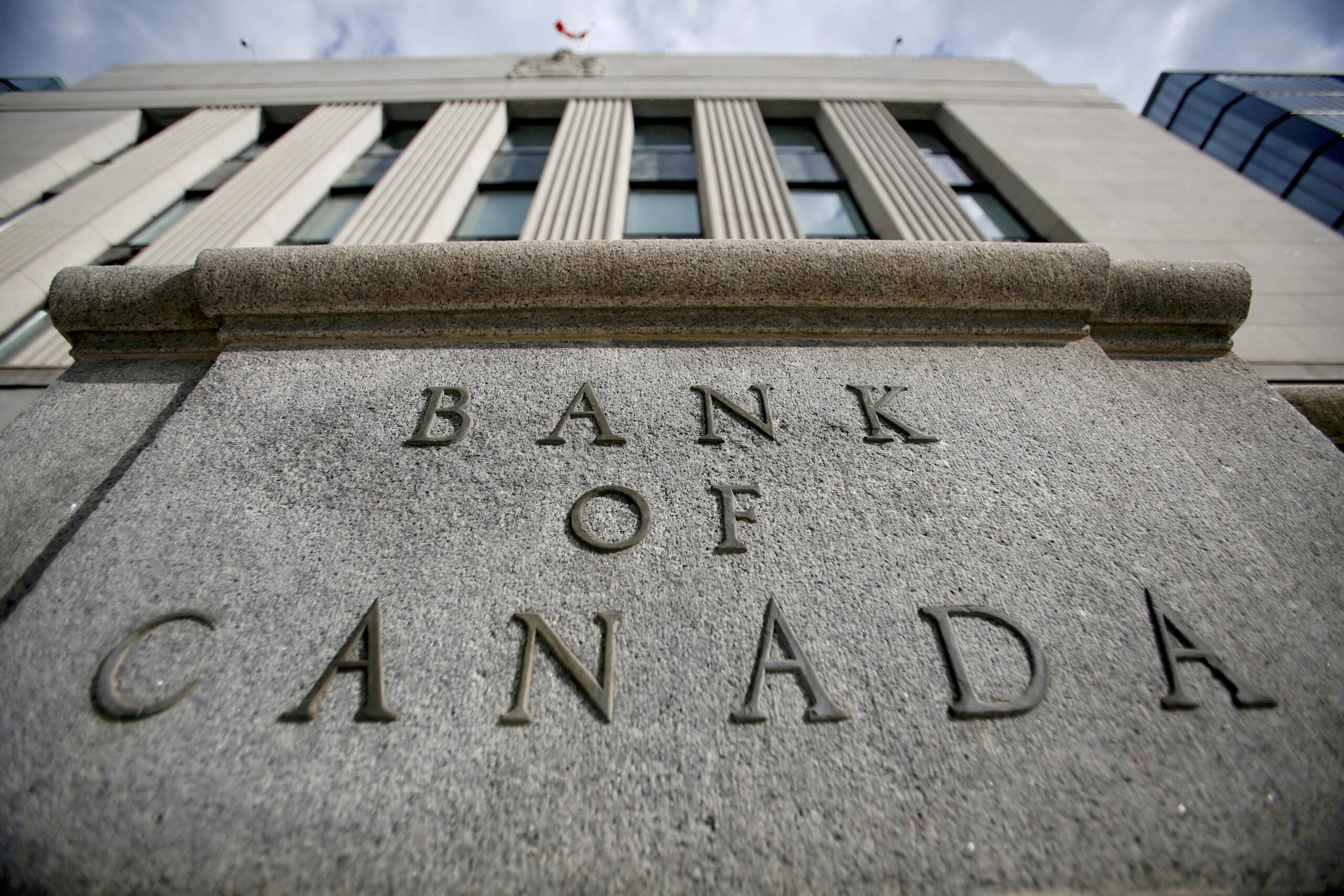Bank of Canada Hikes Interest Rate to 5%, the Highest Level Since 2001

The move to increase borrowing costs by 25 basis points for the second time in as many months was expected by analysts and markets. Photo: Sean Kilpatrick/The Canadian Press
The Bank of Canada (BoC) on Wednesday hiked its key overnight rate by a quarter of a percentage point to 5.00 per cent, the highest level since 2001, saying it feared that efforts to return inflation to its two per cent target could stall amid excess consumer spending.
The move to increase borrowing costs by 25 basis points for the second time in as many months was expected by analysts and markets. After a five-month pause, the BoC raised its overnight rate in June saying monetary policy was not sufficiently restrictive.
The BoC in its statement dropped the line saying rates were not restrictive enough but it revised higher its growth forecast for this year and pushed back its expectations for getting inflation to target by six months to mid-2025.
“With three-month measures of core inflation running in the 3.5 per cent – four per cent range for several months and excess demand persisting, concerns have increased that CPI inflation could get stuck materially above the 2 per cent target,” the BoC said in a statement.

Canadian money markets increased bets for another rate hike after the move, seeing rates at 5.14 per cent in December compared with 5.08 per cent before the rate announcement.
The Canadian dollar strengthened to 1.3157 versus the U.S. dollar after the rate hike, up 0.6 per cent on the day.
Despite nine previous rate increases totaling 450 basis points since March of last year, the economy regained momentum in May, likely growing 0.4 per cent on the month, after stalling in April.
The BoC raised its forecast for second-quarter annualized quarterly growth to 1.5 per cent from 1.0 per cent in April, and growth is seen expanding 1.5 per cent also in the third quarter. Overall 2023 real gross domestic product growth is seen at 1.8 per cent compared with its April forecast of 1.4 per cent.
“The rebalancing of supply and demand is now expected to happen in early 2024,” the BoC said it its report containing new forecasts also released on Wednesday.
Though headline inflation slowed to 3.4 per cent in May, less than half of last year’s 8.1 per cent peak, the three-month annualized rates of the BoC’s core measures have not been coming down.
Surprisingly persistent demand, higher-than-expected housing costs and a more gradual decline than expected in goods prices, excluding food and energy, are fueling inflation, the BoC said.
“Inflation is expected to return to two per cent in the middle of 2025, although the timing is uncertain given the gradual movement of inflation toward the target,” the BoC said.
The BoC’s overnight target rate was last at 5.00 per cent in March and April of 2001.
Twenty of 24 economists surveyed by Reuters had expected the central bank to lift rates by a quarter of a percentage point. Money markets had seen a more than a 70 per cent chance of a rate hike before the announcement.
(Reporting by Steve Scherer and Ismail Shakil; Additional reporting by Fergal Smith; Editing by Paul Simao and Mark Porter)
RELATED:
Saving Grace: How Near-Retirees and Retirees Can Benefit From High Interest Rates
Stock Market: High Interest Rates May Not Be “Transitory”
Living on the Edge: As Some Retirees Struggle With Inflation, CARP Lobbies Ottawa for Relief